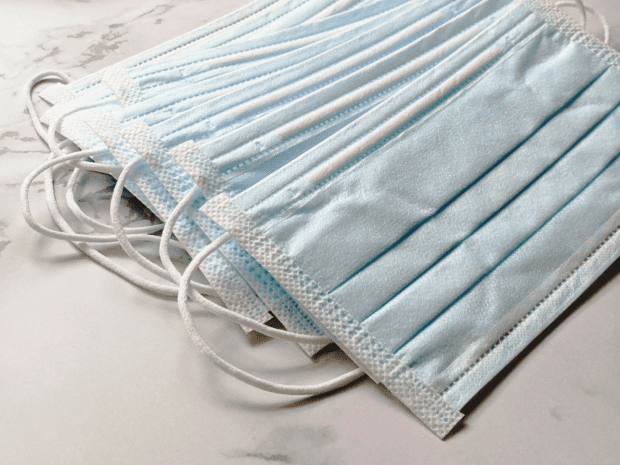Covid-19: When and How to Use Masks

The respiratory droplets that people release when they speak, cough, or sneeze are a major means of spreading the novel coronavirus. Although research is continuing, we now understand that individuals who do not display symptoms can transmit the virus, which means certain people can be contagious and not even know it.
This is why physical distance is so important for reducing the spread of the virus. Unfortunately, it’s not that easy to keep the recommended distance, especially in crowded places. In such situations, we need to wear a fabric mask to protect each other.
In some countries, wearing masks to limit the spread of germs was quite common even before the pandemic. However, many of us are not used to it. If you’ve never worn a mask before, you probably have a lot of questions. In this article, we will discuss when and how to use masks.
Just remember that masks alone will not prevent the spread of the novel coronavirus. The practice of wearing a mask should be part of a comprehensive strategy, which includes maintaining physical distance, avoiding crowded places, and washing your hands frequently.
When Should I Wear a Mask?
You should wear a mask whenever you are in a situation where you can’t maintain physical distance, especially in poorly ventilated indoor settings. Since medical masks are in short supply because of the pandemic, it’s recommended that the general public use non-medical fabric masks such as an organic pink face mask.
You should wear non-medical fabric masks if you don’t have any COVID-19 symptoms as part of a comprehensive approach, which includes maintaining social distance as much as possible and washing your hands frequently.
However, if you are feeling unwell, even if you have mild symptoms like a sore throat or a slight cough, you should wear a medical mask. People over 60 or who have underlying health conditions such as diabetes, obesity, cardiovascular disease, cancer, or are immunocompromised should also wear medical masks.
Whether or not your kids should wear a mask depends on their age and their ability to safely use one. Both the World Health Organization and UNICEF recommend that children who are 5 years old or younger shouldn’t be required to wear a mask, but some countries have different guidelines, so you should check with your local authorities.
How Should I Wear a Mask?
First of all, clean your hands before you put the mask on. You can do this by either washing your hands or using hand sanitizer with at least 60% alcohol. Then check the mask to see if there are any holes or tears. Do not use masks that are damaged.
If you are using a medical mask, check which side is top. The top side is where the metal strip is. Then identify the inside of the mash. It’s usually the white side. Place the mask on your face and secure the straps behind your ears. Some masks are secured behind your head. If there’s a metal strip, mold it to fit the shape of your nose and adjust your mask so that it covers your nose, mouth, and chin, and there are no gaps on the sides.
Avoid touching the mask while you are wearing it and resist the temptation of pulling it down or taking it off whenever you’re talking to other people.
When it’s time to take it off, clean your hands and remove the straps without touching the front of the mask. You can lean forward to make it easier to pull it away from your face. After removing the mask, clean your hands again.
